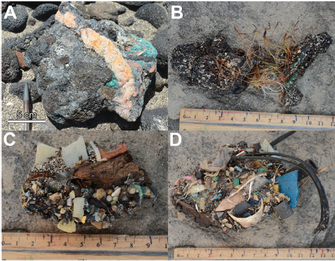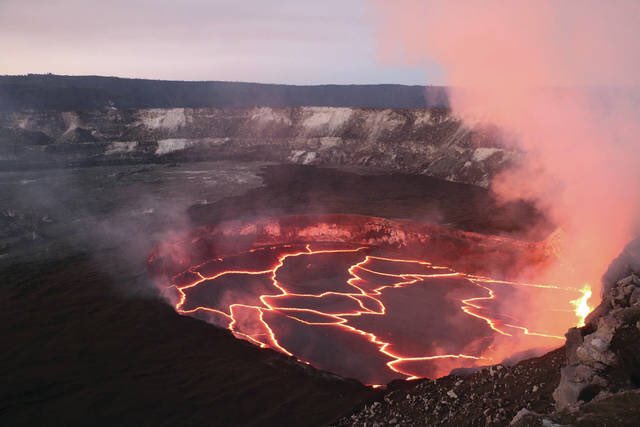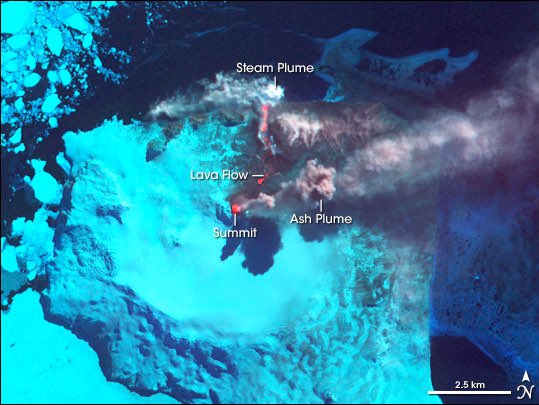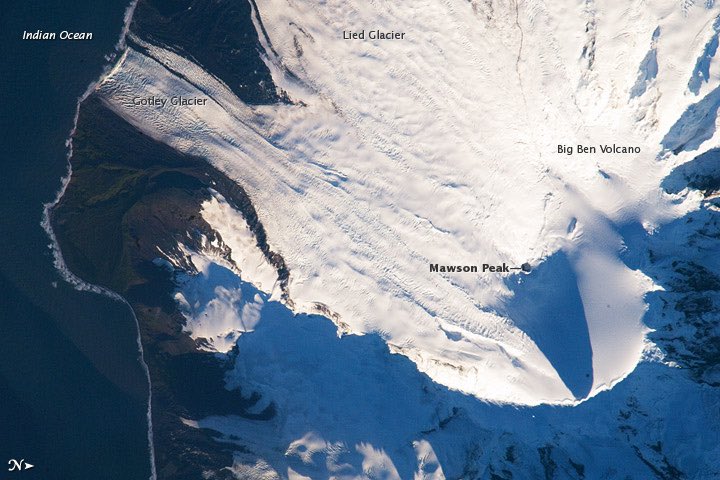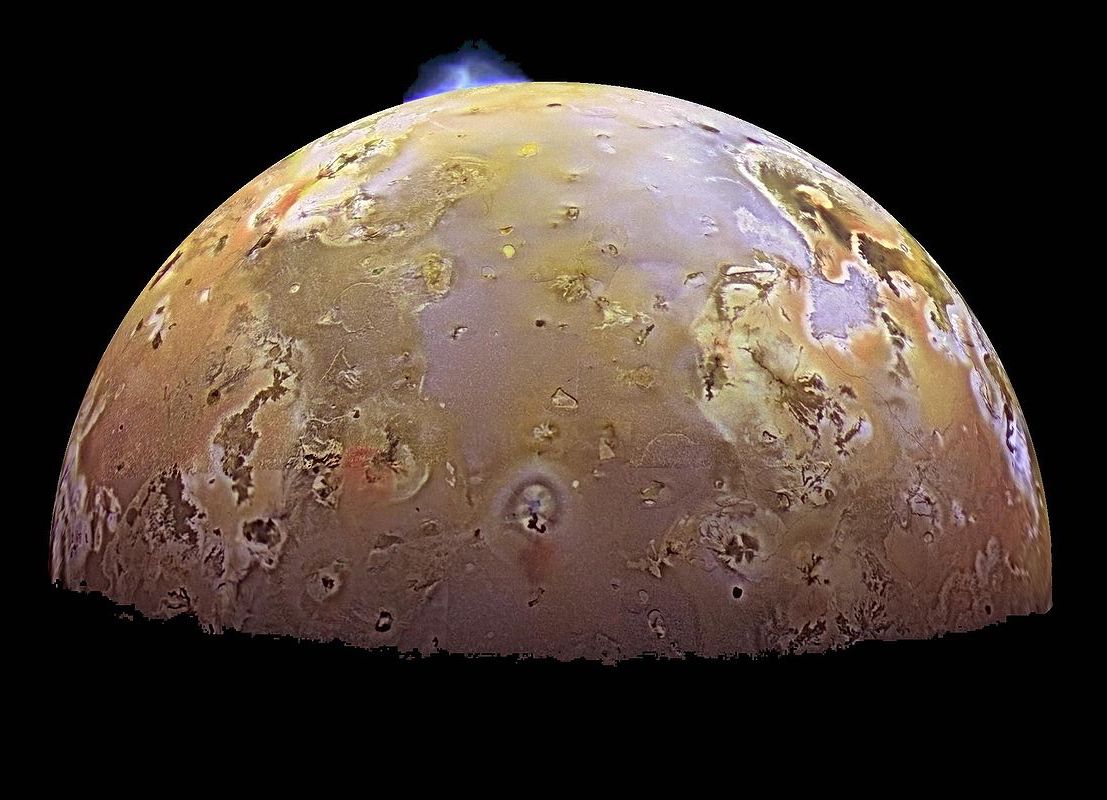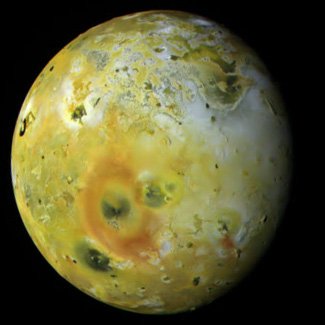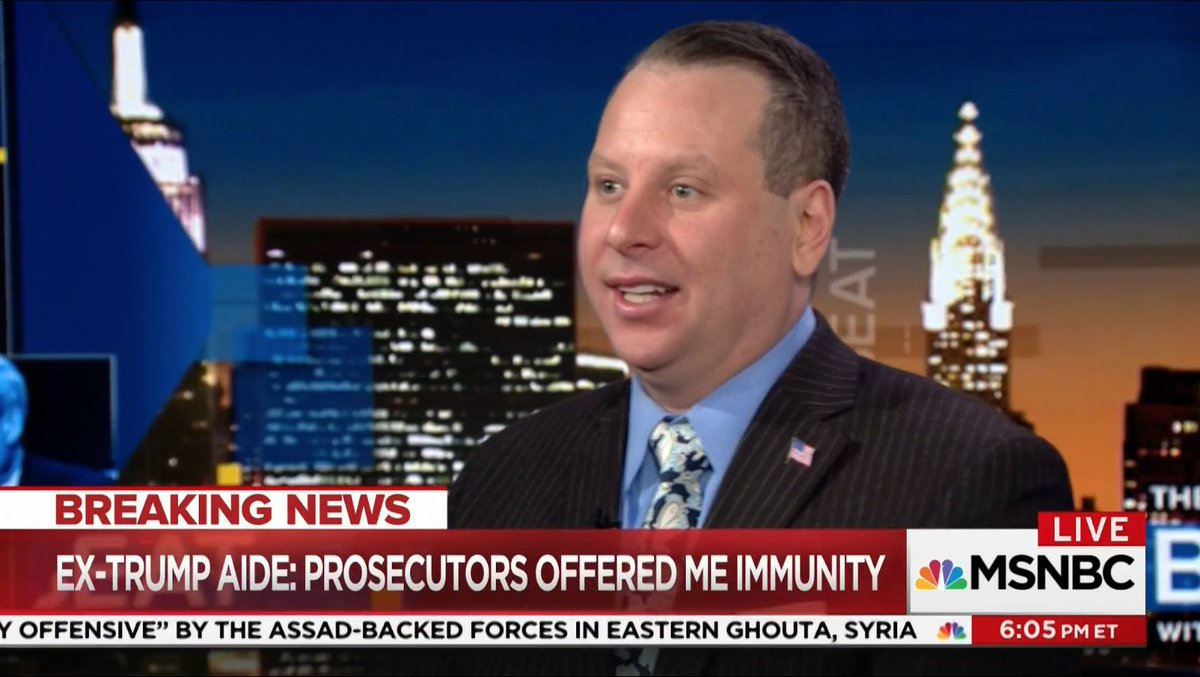Note that lava lakes are dynamic features, thus the list of persistant lake shrinks & grows. It’s 7ish right now, subject to change abruptly.
Remember that viral vid of the volcanologist getting too close when sampling lava & needing to flee? That was Nyiragongo.
...or the starring lava lake in that viral vid where garbage is chucked into a lava lake then the lake belches back in a lava fountain.
The lava lake itself is normal, but all the outgassing heats up snow enough to make ice caves & towering fumaroles. Deadly but gorgeous with hardcore extremophiles. 💙
Read more: atlasobscura.com/places/mt-ereb… & smithsonianmag.com/travel/antarct…
Consistency isn't exactly a strong suit for volcanoes.
I think that's all the major Earthly lava lakes?
Paterae are very hot scallop-edged craters & usually have a thin skin of frequently-resurfacing crust.
📷 NASA 1979
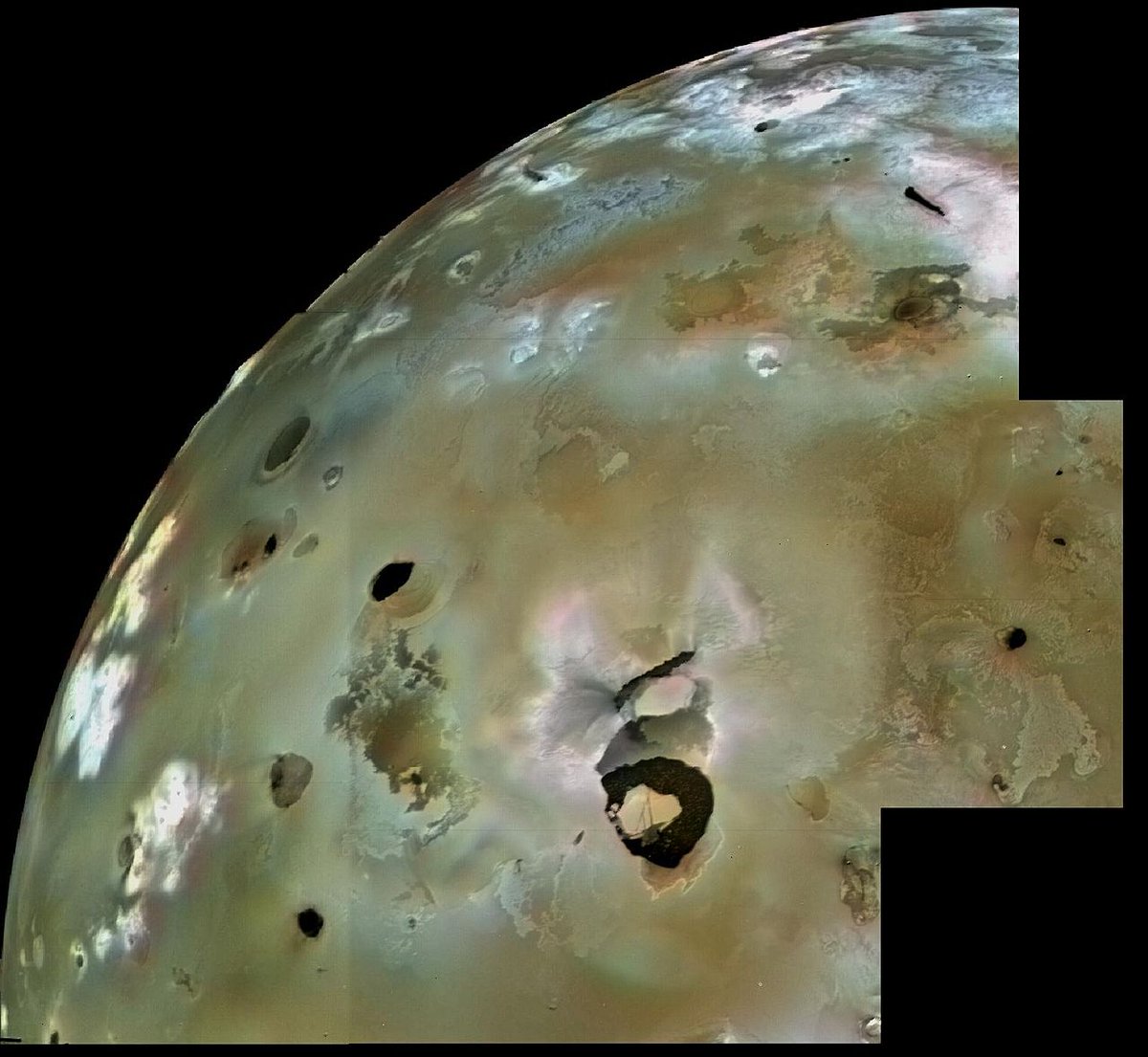
And that's interesting because we've found fluctus on Mars, Venus, Titan, so they may've previously had lava lakes. Oooh!
They happen with literally every geochemistry & volcanic setting. Gentle shield volcanoes, violent stratovolcanoes, big ol' calderas, wee cinder cones, even the only active carbonatite volcano. Lava lakes for everyone!
A: A lava lake is any surface puddle of melty rock goo. It can be fully or partly molten, with or without a crusty skin, and may be calm or raging.
If it's mostly cooled & solidified, it's a frozen lava lake.
1. An eruption inside a crater fills it,
2. An eruption creates new crater then fills it, or
3. An eruption spills into a crater and fills it.
it can be 1-time or cycling (drain & refill)
Some volcanoes maintain a near-steady levels (Mauna Ulu, Kīlauea), while others rise & fall (Pu'u 'O'o, Kīlauea on a 15-20min cycle) depending on how bubbles releas gas from the lake lava and magma in its conduit & reservoir.
A: @eruptionsblog has you covered: wired.com/2011/12/the-ri…
In essence: You'd get burned horrendously & totally die, but you'd float as you're less dense than rock.
A: Diamonds are carried to the surface by kimberlite pipe eruptions, which haven't happened during human existence. But yes, we DO think they form lava lakes!
Learn more: sciencefocus.com/planet-earth/e…
A: Ohhhh, geoscientists would be SO EXCITED if we could dig down to magma. We've never made it through even the thinest crust with our deepest boreholes.
More:
A: Once again, Minecraft cribs from real life: volcanologists use a rock hammer to dump fresh lava in a bucket.
Learn more: gizmodo.com/how-do-you-col…
A: Nah, but @SyracuseLava & @BompasandParr once cooked steaks on an artificial research lava flow. Please do NOT try this at home; molten rock is totally gonna break your rental agreement.
Learn more:
sciencealert.com/watch-scientis…
A: Pretty much everyone who has fallen even NEAR a lava lake has died from toxic gas, impact trauma, or if they manage to actually fall into lava, burning.
It's a whole lot of depressing stories of people dying. Pls no.
A: In 2007, a local Maasai porter at Ol Doinyo Lengai (Tanzania volcano.si.edu/showreport.cfm…) slipped into a lava puddle. Cooler temperature of carbonate lava allowed him to survive, but with severe injuries: blogs.stlawu.edu/lengai/tragic-…
A: Hawaii's gooier lava is really hot, but it cools quickly enough that volcanologists sometimes dash across not-entirely-cool lava flows. It leads to a lot of melty boots.
Pls do NOT try this, just enjoy the '70s fashion.
A: Nope. Main problems:
1. Volcanoes are dangerous
2. We create a LOT of garbage
3. Even calm lava lakes erupt into lava fountains
Learn more in @MaryBethGriggs's article: popsci.com/why-dont-we-ju…
They're plastiglomerate, conglomerates (sedimentary rocks made of smaller rocks) incorporating molten plastic (possibly from campfires).
More: sciencemag.org/news/2014/06/r…
📷P Corcoran/C Moore/K Jazvac
